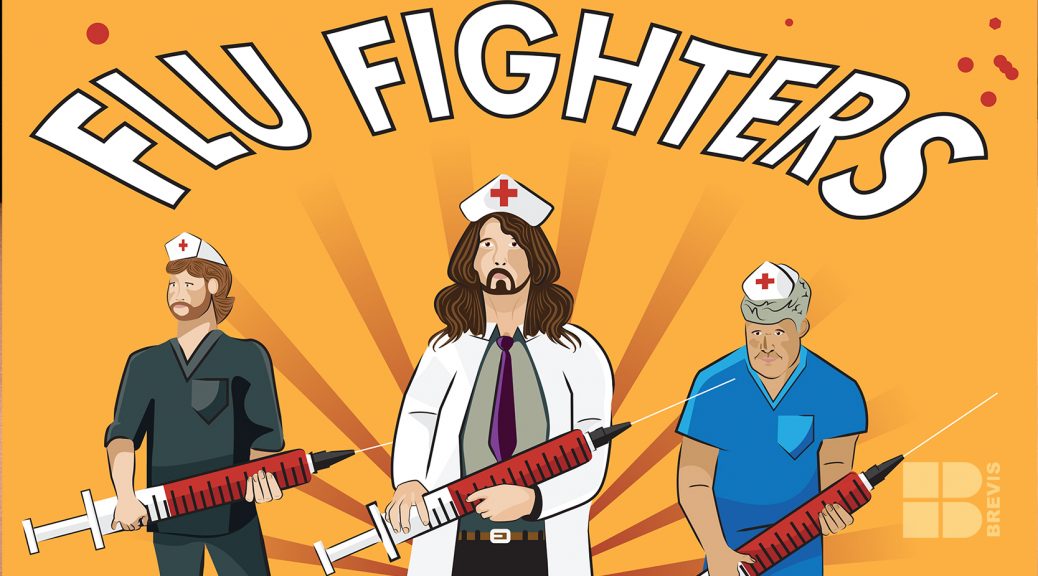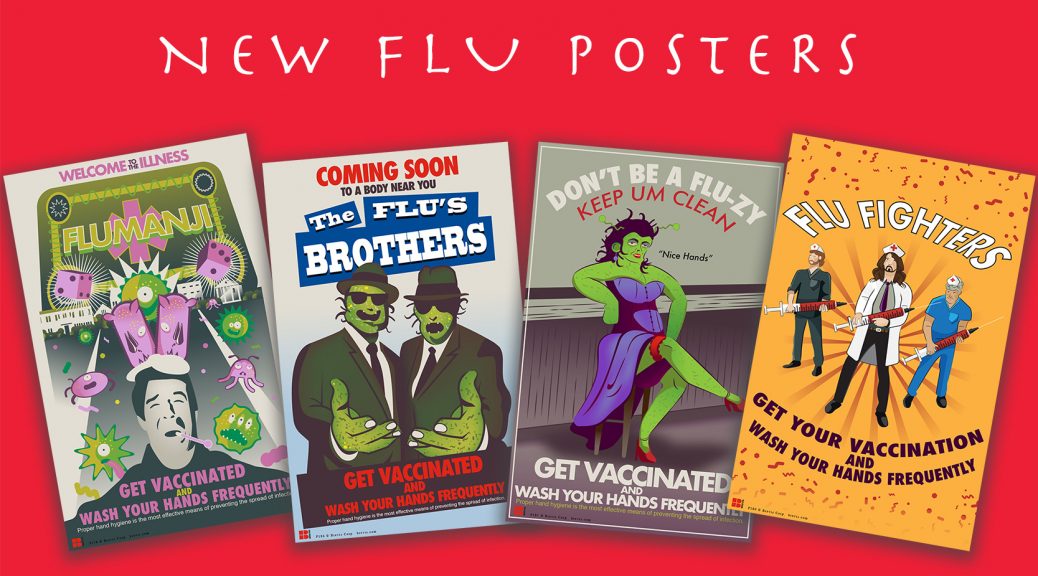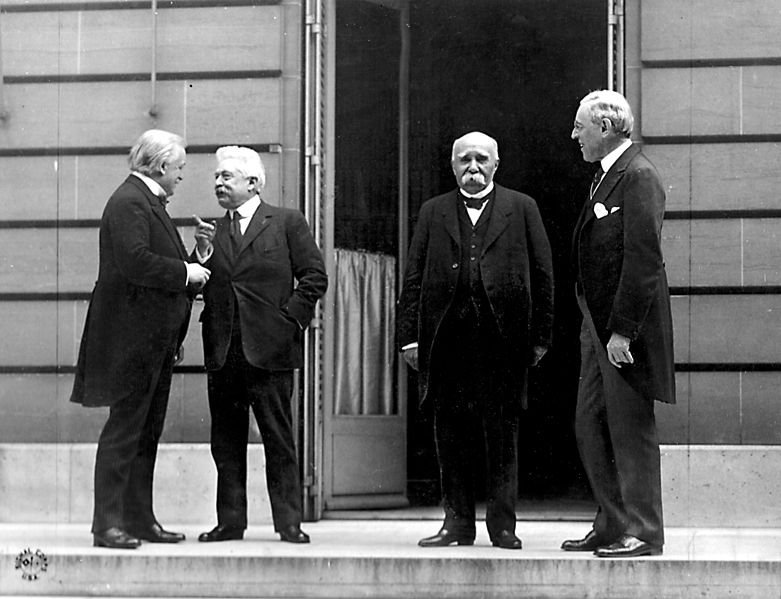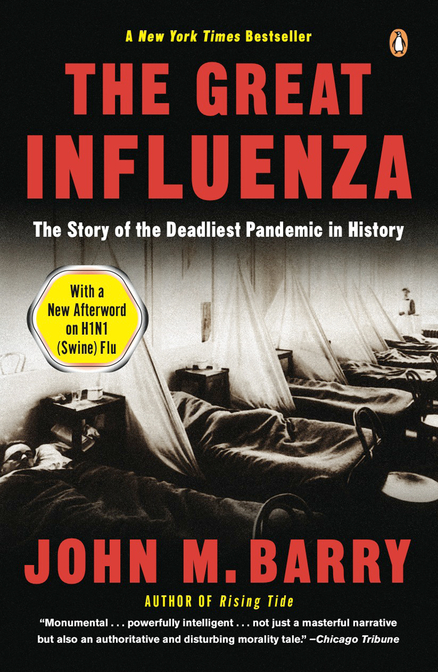I previously wrote about influenza at the end of 1918. But I couldn’t resist adding a bit more to the story based on the December, 2018 book “Influenza” by Jeremy Brown, MD.
So what’s “nu”? Brown tells the well-known story of 1918, the search for the original virus, etc., but then adds to the melodrama. For example, the truth about Tamiflu. Therein hangs a tale. Seems that Tamiflu (or oseltamivir if you prefer generic names) is only marginally effective. Supposedly it can shorten the symptomatic period by only a day and only if it is taken within 48 hours of the onset of symptoms. OK, well something is better than nothing I suppose.
But the story doesn’t end there. Seems that governments around the world, including the US government, bought into the Hoffman-LaRoche inspired hype that Tamiflu was the best hope the world has to abort any impending influenza pandemic. With that in mind, the Strategic National Stockpile of emergency medicine, maintained by the CDC, added millions of doses of Tamiflu to its warehouses.
But the Cochrane Collaborative, an independent scientific critic, as quoted by Jeremy Brown said that Tamiflu was marginally effective in treating influenza and a little more effective in preventing it, but came with its own list of side effects that could imitate the symptoms of flu itself.
So, what to do? Hand hygiene, barrier protection, avoiding sick people if possible, and, of course, vaccination. Vaccination is only about 50% effective in prevention but may possibly lower the severity of an infection. I get my flu shot every year and don’t forget to cross my fingers. So far, so good.
Keep smiling!
Gordon Short, MD
Brevis Corporation




